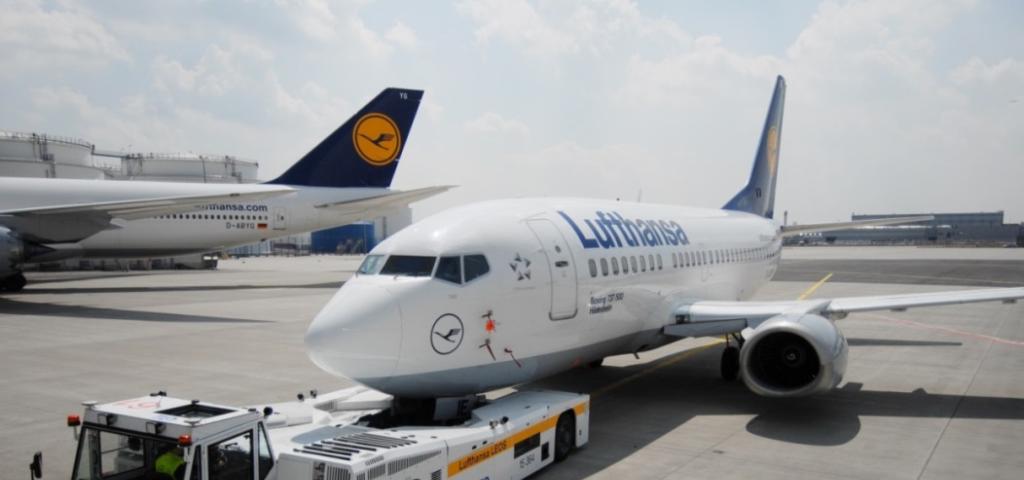
TaxiBot Certified for Take-off

Working in the Aerospace & Defence sector, I sometimes meet customers who are taking a radical approach to address a challenging business problem. TaxiBot is an excellent example of one of these bold innovations – a semi-autonomous robotic tractor designed to reduce fuel consumption, CO2 emissions, aircraft noise and risk of foreign object damage (FOD) while aircraft are taxiing.
The TaxiBot design involves the pilot being in control of manoeuvring of the aircraft while taxiing (as taxiing under the control of a tractor driver was deemed to be unacceptable from the perspective of safety and accountability). However, this presented IAI with some significant challenges in terms of safety, accountability and regulatory issues related to the control of the aircraft while taxiing.
You can read about the innovative design to reduce nose landing gear load on the TaxiBot website, but the challenge which I find of most interest is that of the safety certification of TaxiBot. Providing pilot control places safety certification requirements on TaxiBot’s control systems corresponding to RTCA DO-178B / EUROCAE ED-12B Level B, which is defined as:
Hazardous/Severe-Major: Failure conditions which would reduce the capability of the aircraft or the ability of the crew to cope with adverse operating conditions to the extent that there would be:
(1) a large reduction in safety margins or functional capabilities,
(2) physical distress or higher workload such that the flight crew could not be relied on to perform their tasks accurately or completely, or
(3) adverse effects on occupants including serious or potentially fatal injuries to a small number of those occupants.

To achieve this stringent safety certification requirement, IAI used Wind River’s VxWorks Cert RTOS and a VxWorks Cert Board Support Package (BSP) developed by Wind River Services for the TaxiBot hardware along with respective DO-178B certification evidence packages. These enabled IAI to demonstrate compliance of TaxiBot’s software systems with the DO-178B Level B objectives to the European Aviation Safety Agency (EASA).
TaxiBot is now certified, in operational service, and is providing impressive results – an 85% reduction in CO2 emissions while aircraft are taxiing (just to put this into context, an aircraft can burn 1 ton of fuel during 17 minutes of taxiing). This can reduce airline fuel costs by hundreds of millions of dollars per year and help them to minimize their carbon footprint. This is a particularly important efficiency benefit given the forecast growth in air travel in the coming decades.
Next time you are travelling through an airport and see a TaxiBot towing an aircraft with no driver, or the driver not holding onto the steering wheel, you’ll know why! Check out the TaxiBot video and see if you can spot the driver with his hands behind his head!


